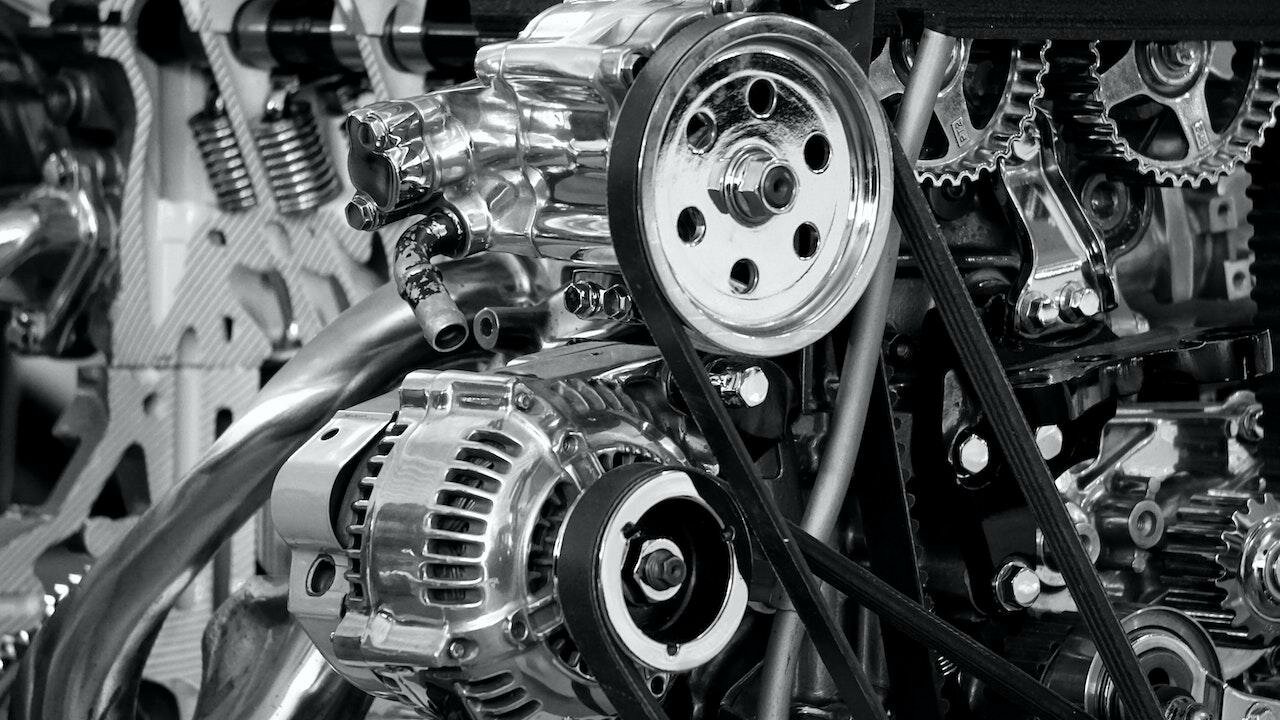WLTP – Measuring Vehicle Emissions and Fuel Consumption
Published Date: 17th Apr 2023
 If you are in the market for a new car, you might have heard the term "WLTP" thrown around by manufacturers, dealerships, and the media. But what is WLTP, and why is it important for new car buyers in the UK to understand it?
If you are in the market for a new car, you might have heard the term "WLTP" thrown around by manufacturers, dealerships, and the media. But what is WLTP, and why is it important for new car buyers in the UK to understand it?
WLTP, or Worldwide Harmonised Light Vehicle Test Procedure, is a global standard for measuring the levels of pollutants, CO2 emissions, and fuel consumption from cars, vans, and light trucks. It was introduced in 2017 to provide more realistic and accurate emissions and fuel consumption measurements in real-world driving conditions compared to the previous testing method called the New European Driving Cycle (NEDC).
The NEDC was introduced in the 1970s and had not been updated significantly since then. It was designed to measure vehicle emissions and fuel consumption in a laboratory environment under specific conditions. However, these conditions are rarely replicated in real-world driving, leading to significant discrepancies between the official figures and actual emissions and fuel consumption.
For example, a car that was tested under the NEDC could achieve an official fuel economy figure of 50 miles per gallon (mpg). However, the same car might only achieve 35 mpg in real-world driving conditions. This discrepancy not only misleads consumers but also undermines the efforts to reduce air pollution and greenhouse gas emissions.
CHECK OUT OUR LATEST NEW CAR DEALS HERE
 WLTP, on the other hand, uses a more comprehensive testing procedure that considers a wider range of driving situations, such as higher speeds, acceleration, and deceleration rates. The test is conducted under controlled conditions but better reflects real-world driving scenarios.
WLTP, on the other hand, uses a more comprehensive testing procedure that considers a wider range of driving situations, such as higher speeds, acceleration, and deceleration rates. The test is conducted under controlled conditions but better reflects real-world driving scenarios.
WLTP also considers optional equipment that can impact emissions and fuel economy.
The introduction of WLTP aims to increase transparency and help consumers make more informed decisions when buying a new vehicle. Providing more realistic and accurate emissions and fuel consumption figures allows consumers to compare different models more accurately and make more informed decisions about their purchases.
What does WLTP mean for new car buyers in the UK?
Since 1 September 2018, all new cars sold in the EU must be tested under the WLTP standard. The UK has adopted these standards and is following the same regulations. Therefore, new car buyers in the UK need to know what WLTP is and how it works.
The most significant impact of WLTP is that it has increased the official emissions and fuel consumption figures for most vehicles. For example, a car that was previously rated at 50 mpg under NEDC might now be rated at 40 mpg under WLTP. This is because WLTP provides a more realistic and accurate reflection of real-world driving conditions.
While this might seem like bad news for new car buyers, it is important to note that the increase in official figures does not necessarily mean that the car is less fuel-efficient or more polluting than before. It means the figures are now more accurate and better reflect real-world driving conditions.
However, the increase in official figures could have an impact on the vehicle excise duty (VED) that new car buyers have to pay. VED is calculated based on a vehicle's CO2 emissions, and since the official figures have increased under WLTP, new cars might fall into a higher tax bracket than before. New car buyers should be aware of this when choosing their vehicle.
Another potential impact of WLTP is that some car models might be discontinued or face delays in availability. This is because some models might not meet the stricter emissions targets under the new testing standard. Manufacturers might have to update their engines or introduce new technology to meet the new standards, which could take time and resources.
 However, this new testing procedure doesn't necessarily mean that a car's performance will change, but it could impact the taxes that are paid for the vehicle. This is because the CO2 emissions figure is used to calculate how much Vehicle Excise Duty (VED) you will pay. A higher CO2 emission figure means a higher VED rate. With the new WLTP testing procedure, the CO2 emissions figures for most cars will increase. This means that car buyers could potentially face higher taxes on their new vehicles.
However, this new testing procedure doesn't necessarily mean that a car's performance will change, but it could impact the taxes that are paid for the vehicle. This is because the CO2 emissions figure is used to calculate how much Vehicle Excise Duty (VED) you will pay. A higher CO2 emission figure means a higher VED rate. With the new WLTP testing procedure, the CO2 emissions figures for most cars will increase. This means that car buyers could potentially face higher taxes on their new vehicles.
It is essential for car buyers to be aware of the WLTP testing procedure, and they should be aware of how it could affect the tax that they pay on their new vehicle. The higher CO2 emissions figures mean that some car models will no longer be eligible for certain tax breaks, which could make them more expensive to run. As a result, Car manufacturers are making their vehicles more environmentally friendly by introducing hybrid and electric models. Therefore, these vehicles will have lower CO2 emissions and be subject to lower VED rates.
In conclusion, the introduction of the WLTP testing procedure is a positive move towards more accurate emissions testing, and it provides consumers with more accurate information about a vehicle's fuel consumption and CO2 emissions. However, it is essential for car buyers to be aware of the potential impact that this new testing procedure could have on their vehicle's tax rates. They should also be aware that some car models may no longer be eligible for tax breaks that they were previously entitled to. Car buyers should consult their dealer or manufacturer for more information about the WLTP testing procedure and how it may affect their new vehicle purchase.
- WLTP is a global standard for measuring vehicle emissions and fuel consumption in real-world driving conditions, providing more accurate and realistic figures than the previous testing method (NEDC).
- All new cars sold in the EU must be tested under the WLTP standard since September 2018, and the UK has adopted the same regulations.
- The increase in official emissions and fuel consumption figures under WLTP does not necessarily mean that the car is less fuel-efficient or more polluting than before. Still, it could impact the vehicle excise duty (VED) that new car buyers must pay.
- Some car models have been discontinued or delayed due to efforts to comply with the stricter emissions targets under WLTP.
- Car buyers should know how the new testing procedure could affect their vehicle's tax rates and eligibility for tax breaks.
- Car manufacturers are making their vehicles more environmentally friendly by introducing hybrid and electric models, which have lower CO2 emissions and are subject to lower VED rates.
UK Car Discount can help you find a brand-new WLTP-compliant car that meets your needs. Our team of experts can advise you in detail on your chosen vehicle's specifications so you can make an informed decision. Contact us today at 0161 946 3500 to learn how we can help you buy your next car.
READ MORE NEW CAR JARGON EXPLANATIONS HERE
**Please note that vehicle specifications, trim levels, options, and engines are subject to change at any time. Therefore, it is important to confirm the specifications of the vehicle you are interested in at the time of purchase. Vehicle manufacturers also reserve the right to change specifications without notice.
